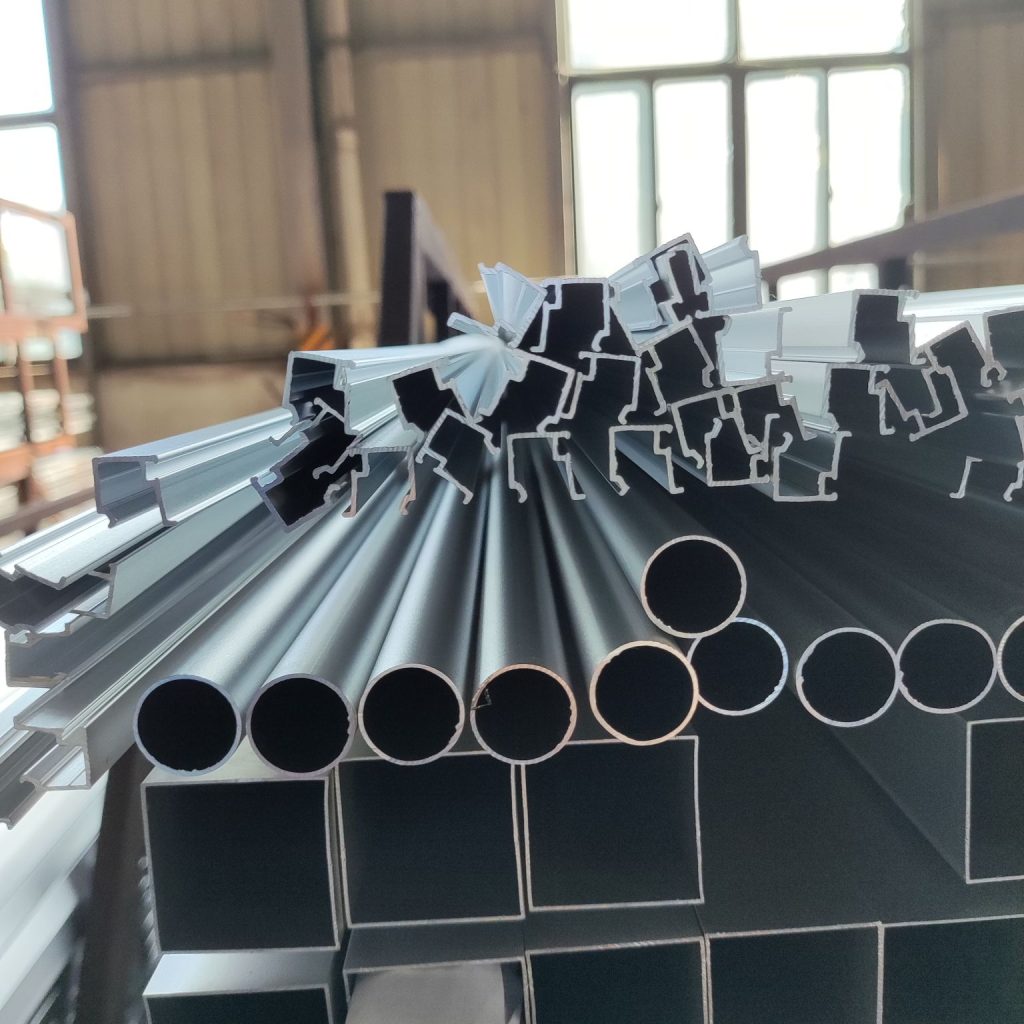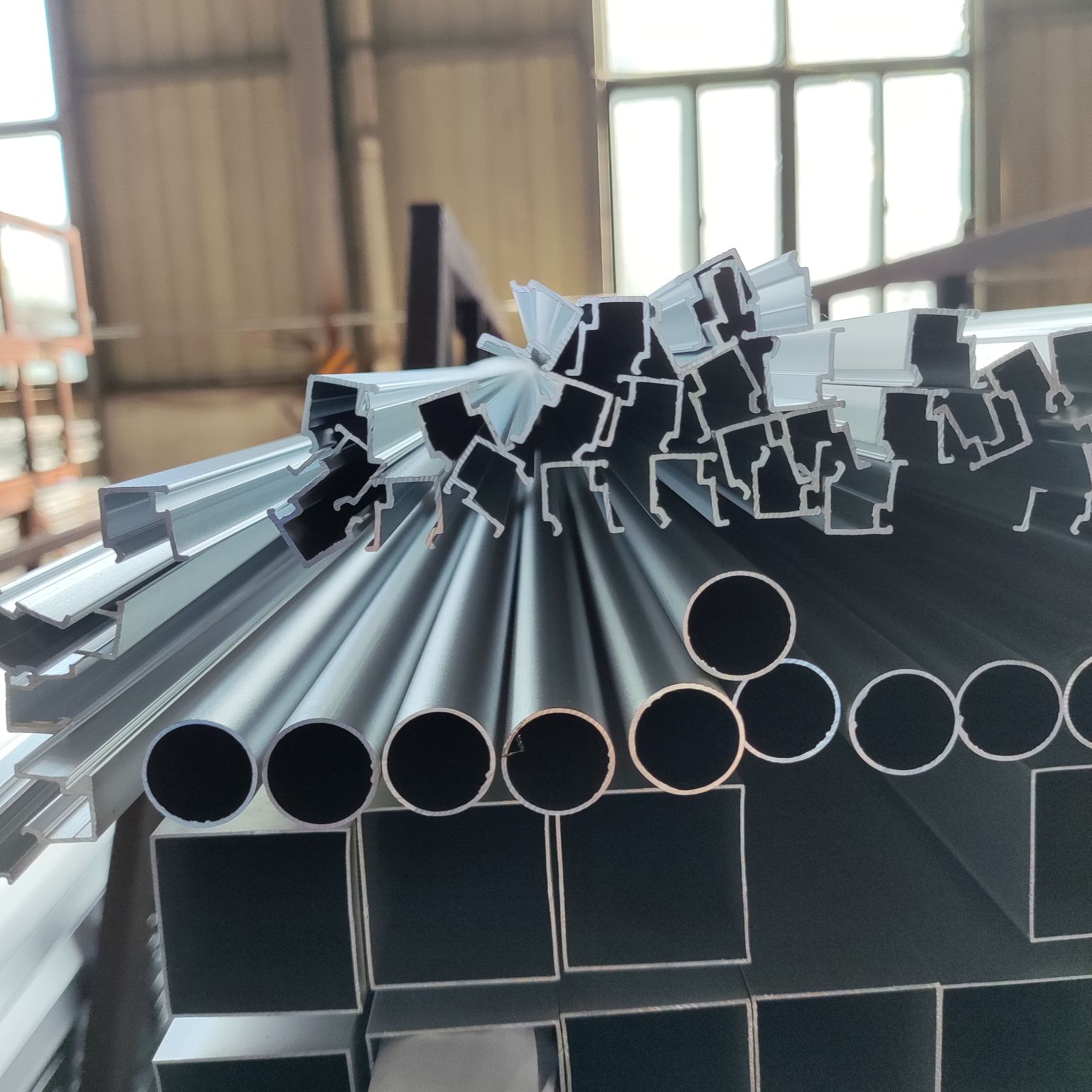Introduction
Aluminum is a cornerstone material in numerous industries, prized for its lightweight yet strong characteristics. An essential technique used to enhance these properties further is thermal deformation, a process that refines aluminum profiles to meet stringent industrial standards. This article delves into how thermal deformation transforms aluminum’s structural integrity and utility.
High Plasticity and Low Resistance at High Temperatures
Aluminum exhibits remarkable plasticity when exposed to high temperatures, making it amenable to various shaping and molding techniques. At elevated temperatures, the accelerated diffusion of atoms and complete recrystallization processes enhance the material’s workability and structural characteristics.
Breaking Down the Thermal Deformation Process
Thermal deformation of aluminum profiles typically occurs through multiple deformation passes, each contributing to the material’s hardening and softening. This repetitive process is crucial for fine-tuning the aluminum’s physical properties and achieving desired outcomes.
Structural Improvements from Thermal Deformation
Breaking Coarse Grains
The intense deformation disrupts coarse, columnar grains within the aluminum, simultaneously healing micro-cracks that can compromise the material’s integrity.
Compacting Porosity
Under the influence of hydrostatic pressure, inherent bubbles and voids in the as-cast structure are compacted, resulting in a significantly denser and more robust profile.
Chemical Homogenization
Enhanced thermal movement at high temperatures also aids in the uniform distribution of chemical elements within the aluminum, reducing material inhomogeneity and improving overall quality.
Benefits of Enhanced Structure
The direct outcomes of these structural enhancements include increased density and the formation of uniform, fine equiaxed grains, which contribute to a more consistent and predictable behavior in end-use applications. Consequently, the improved plasticity and resistance indices of aluminum profiles can meet more demanding industrial requirements.
Practical Applications and Advantages
Industries ranging from automotive to aerospace benefit from the superior properties of thermally deformed aluminum profiles. These materials are crucial in applications where durability and precision are paramount, offering significant cost efficiencies and performance enhancements.
Future Trends in Aluminum Processing
As technology progresses, new methods of thermal deformation are expected to emerge, offering even greater control over the properties of aluminum. These advancements promise to expand the scope of applications and efficiency of aluminum profiles in the industrial sector.
Conclusion
Thermal deformation is a transformative process that significantly elevates the functional properties of aluminum profiles. By continuing to innovate and apply these advanced processing techniques, the aluminum industry can look forward to a future where its products are even more integral to industrial success. This exploration underscores the importance of adopting and refining such technologies in response to evolving industrial demands.

